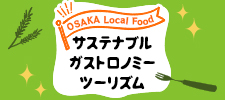Conveyor belt sushi

Conveyor belt sushi has spread not only all over Japan, but also overseas. Small plates of sushi flow on a conveyor, and customers pick up the pieces they like and eat them.
The casual, semi-self-service style with inexpensive and clear checkout is easy to use for families and tourists alike, making it very popular.
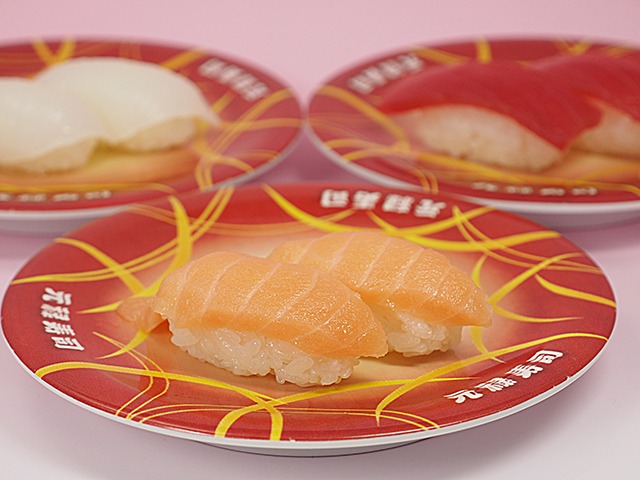
This "conveyor belt sushi" was born in Osaka. One day, the founder of Genroku Sangyo, who ran a small stand-up sushi restaurant in Fuse, Higashiosaka City, went on a tour of a beer factory in Suita City, Osaka Prefecture, and saw bottles flowing on a conveyor belt and beer pouring out. I saw a scene where they were being poured one after another. The sushi restaurant was so busy that it was too late to make the sushi after receiving the order, so plates of shrimp, squid, octopus, and other sushi were piled up like a pyramid on the counter in advance. , I even said ``Yes!''. The store was also suffering from a labor shortage, so they thought that using a conveyor would save the store's labor.
Fuse asked for development because the area is home to many small and medium-sized businesses, and one of his regular customers was a manager in the ironworks industry. The biggest challenge during development was the corners. The plate doesn't spin properly and falls off. After many years of struggle, it was finally completed.

The first conveyor belt sushi restaurant, which was named the ``revolving meal table'' and had a conveyor that rotated around the restaurant, opened in 1958.
The store was well received by Osaka people who love new and unusual things, and the number of stores increased. After exhibiting at the World's Fair in 1970, its popularity quickly rose. Since then, conveyor belt sushi has become a boom all over the country. It is also the driving force behind making sushi from a luxury item to an everyday food for common people.
The original "Genroku Sushi" is still open throughout Osaka.
*Photo provided by: Genroku Sushi
Other recommended gourmet foods
-
 Udon (I like udon)
Udon (I like udon)Osaka's udon noodles are appealing because of the harmony between the soft texture of the noodles and the gentle combination of kelp and bonito flakes.
-
 Takoyaki
TakoyakiTakoyaki is Osaka's representative fast food that can be bought at a food stall and easily eaten on a street corner. It has a surprisingly short history, and it is said that the number of stores began to increase in the town in the 1950s.
-
 Osaka sushi
Osaka sushiThe representative dish of Osaka sushi is box sushi. It is a type of ``oshizushi'' in which the ingredients are placed in a mold along with vinegared rice and pressed together.
-
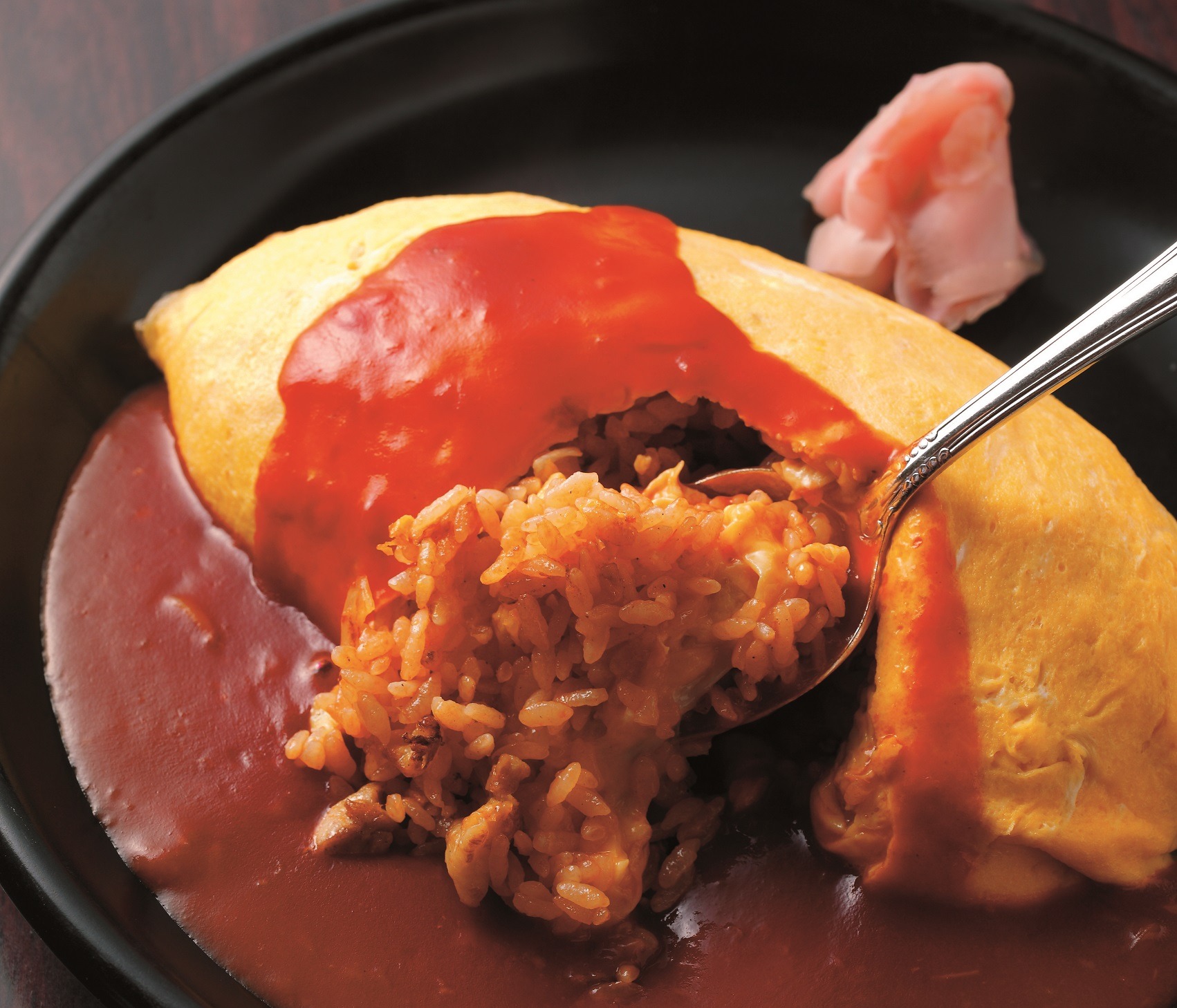 Omelette rice
Omelette riceThe owner felt sorry for his regular customers who had stomach problems and had to eat omelets and white rice every day, so when he served ketchup rice wrapped in a thinly-cooked egg, the customers were overjoyed.
-
 Okonomiyaki
OkonomiyakiAlong with takoyaki, it is a soul food for Osaka people. The same goes for dissolving the flour in the soup stock, cabbage is essential, pork is popular, and as the name okonomiyaki suggests, you can use whatever you like. Spread the dough flat on the iron plate and bake it.
-
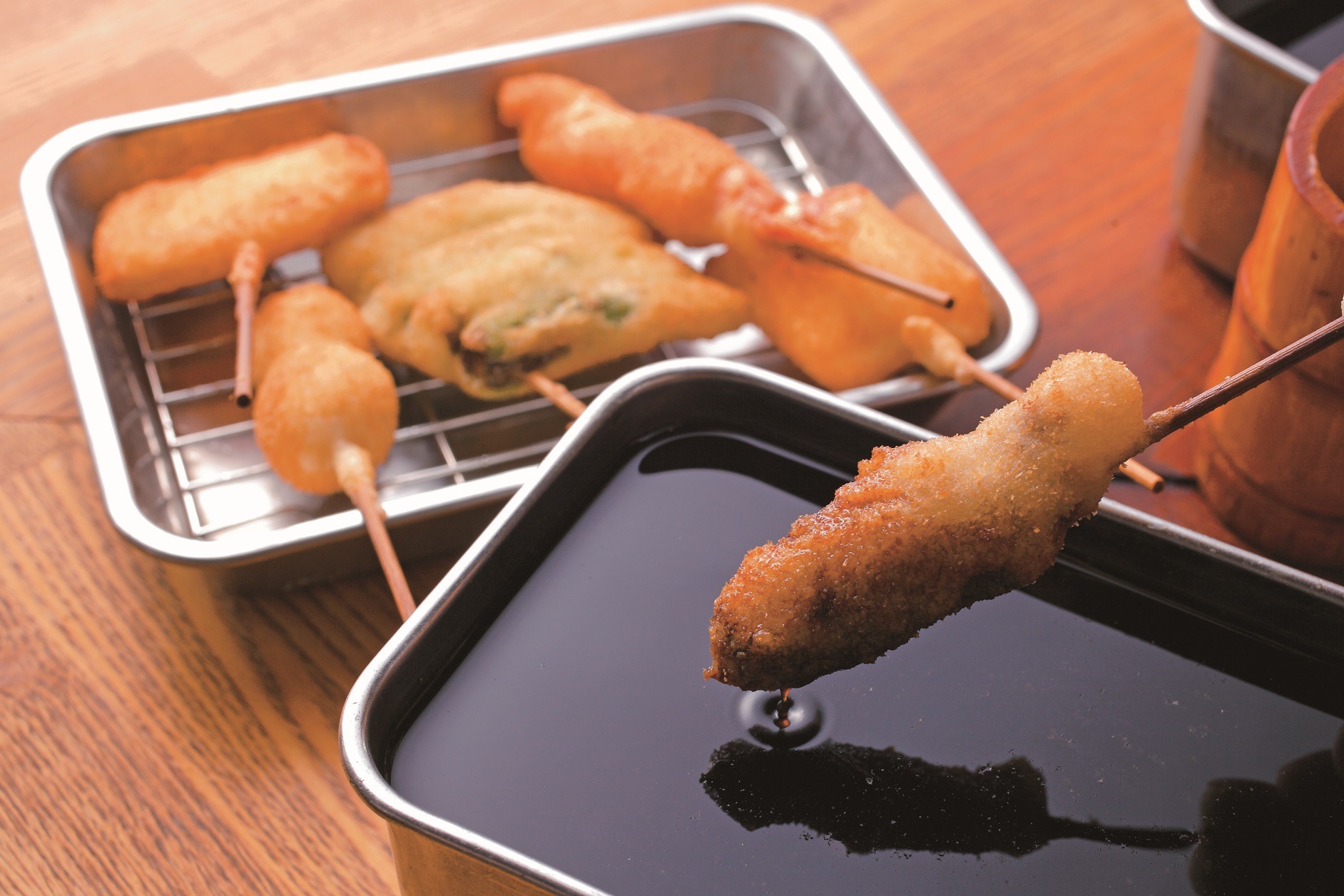 Kushikatsu
KushikatsuOsaka's kushikatsu is famous for not allowing double dipping. Meat and vegetables are threaded onto skewers, coated with water-soluble flour, coated with breadcrumbs, and fried in oil.
-
 Kappo cuisine
Kappo cuisineThe Japanese restaurant style that flourished during the Edo period began to go out of fashion, and the Japanese style was born as people sought Japanese restaurants that could be enjoyed more casually.
-
 paper pot
paper potThe mysterious paper pot also originated in Osaka. Anyone would be surprised to hear that you can set paper on fire.
-
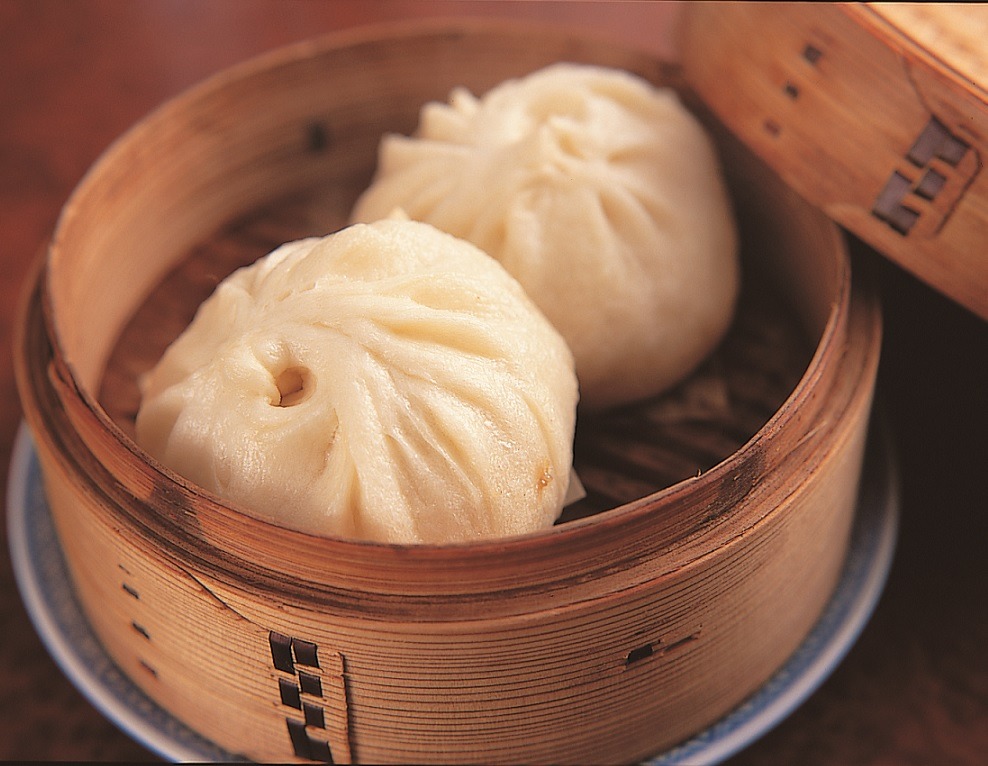 Pork bun
Pork bunAfter the Meiji Restoration, it is said that the Chinese steamed buns that were introduced to Chinatown were adapted to suit the tastes of the Japanese people.


